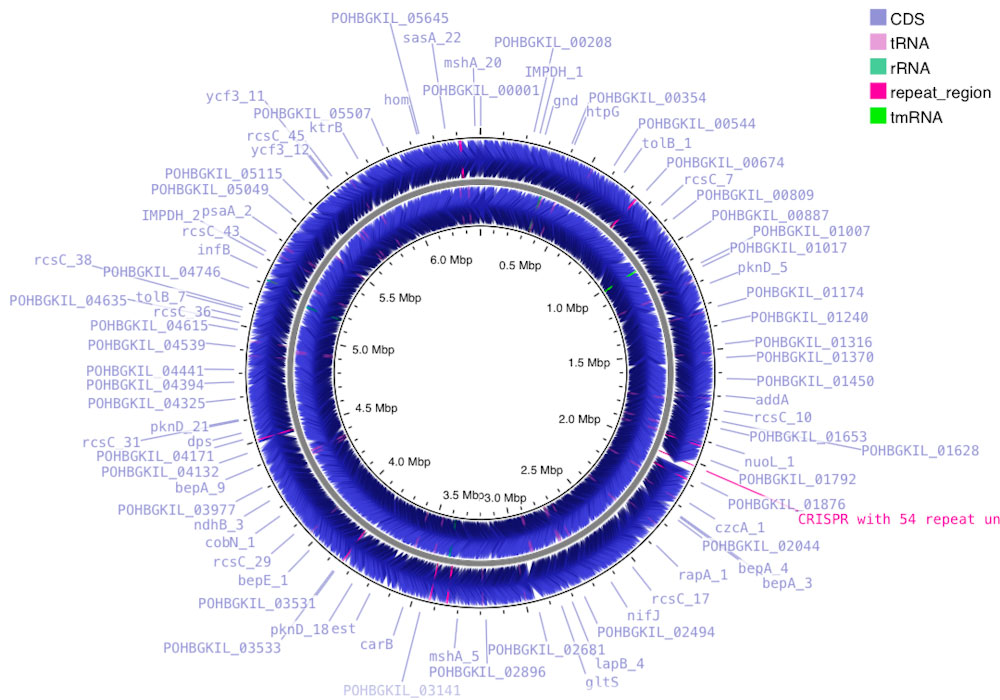PRODIGIO featured in The Conversation journal: Exploring the potential of microalgae
Microalgae, the most efficient photosynthetic organisms, present significant potential for sustainable biofuel and food production, offering a powerful solution to combat climate change and resource scarcity.
Climate change and population growth are putting unprecedented pressure on global energy and food systems. The rising cost of food and the scarcity of basic resources like drinking water and energy could trigger conflicts, mass migrations, and political and social instability in the most vulnerable regions. To ensure a secure and equitable future for all, it is crucial to accelerate the transition to renewable energy sources and efficient, sustainable food production systems. In this context, the microscopic world has much to offer.
Microalgae, including cyanobacteria, are the most efficient photosynthetic organisms on the planet. They can generate up to thirty times more biomass per unit of area than the most productive agricultural crops. This, combined with their ability to thrive in arid lands and saline or wastewater, makes them a promising alternative for the sustainable production of biofuels and foods rich in proteins and fatty acids.
However, despite their great potential in sectors such as bioenergy and food, microalgae have yet to conquer the market. To achieve this, it is necessary to exponentially increase current production capacity and reduce costs. Advances in genomics, genetic engineering, and artificial intelligence are bringing us closer than ever to making this microscopic revolution a reality.

The solution lies in genomes
It is estimated that there are between 200,000 and 800,000 species of microalgae, of which only about 50,000 have been described, and just a few are commercially exploited. This vast universe of microorganisms holds enormous biotechnological potential yet to be discovered. However, identifying the possibilities of each species is a slow and costly process, as specific tests and analyses are needed for each one.
Fortunately, advanced genomic sequencing technologies allow us to decipher the “instruction manual” of microalgae. Through them, we can reveal key genes involved in the production of bioactive compounds, novel enzymes, and mechanisms of resistance to pests and extreme environmental conditions. This accelerates the prospecting of new species, identifying in record time those with high biotechnological value.
Deciphering the genetic code of microalgae, that is, understanding the function of each gene and the metabolic pathways they follow, is essential to harness this potential. Armed with this knowledge, genetic editing tools allow us to design “custom” microalgae.
These tools function like “molecular scissors,” enabling us to rewrite the genetic code of species by precisely and controllably inserting, deleting, or modifying specific genes.
For example, by modifying the genes responsible for cell wall synthesis, we can make microalgae more resistant to pathogens and predators. Enhancing the efficiency of membrane transport proteins will allow microalgae to absorb nutrients more effectively. Similarly, by boosting the efficiency of antenna complexes, the systems responsible for capturing light, we can increase photosynthetic efficiency and thus biomass production.
Microalgae also have a microbiome
Understanding the genome of microorganisms that coexist and interact with microalgae is key to comprehending the ecological complexity of cultivation systems. It has been demonstrated that the human gut microbiome plays a crucial role in our health and well-being. Maintaining a healthy microbiome helps prevent diseases and promotes a healthy life.
Similarly, the microbiome associated with microalgae contributes to the health of the ecosystem. A healthy and diverse microbiome promotes the growth of microalgae, inhibits the growth of pathogens, and helps maintain water quality in the cultivation system.
Monitoring the microbiome’s composition allows for the early detection of stress, diseases, and imbalances in the microbial ecosystem, a phenomenon known as dysbiosis. Additionally, understanding how the microbiome around microalgae functions gives us the opportunity to create tailored consortia that accelerate biomass production and improve its quality.
Artificial Intelligence can help too
The genetic information of microalgae and their microbiomes enables the generation of advanced predictive models through the use of artificial intelligence (AI). These tools simulate the effects of genetic engineering and microbiome manipulation before their application in real environments.
By anticipating how these modifications will impact the performance of biological systems and their environment, AI is accelerating the cycle of biotechnological innovation. Furthermore, AI models, trained with data on microbiome composition, help predict imbalances (dysbiosis) in cultures, allowing for preventive measures to be implemented.
Establishing a genetic knowledge base about microalgae and their microbiome is crucial to overcoming the technological challenges that hinder large-scale cultivation. This comprehensive approach, from understanding genes to biomass production, will enable us to harness the full biotechnological potential of these microorganisms.
Just as agriculture marked a pivotal milestone in the history of humanity and the planet, the expansion of microalgae cultivation is poised to play a strategic role in the transition to a more sustainable and equitable society. In the near future, microalgae could become an essential source of biofuel and food. The necessary technologies already exist, and their implementation, if society so chooses, could spark a microscopic revolution of global reach.
Source: TheConversation.com

